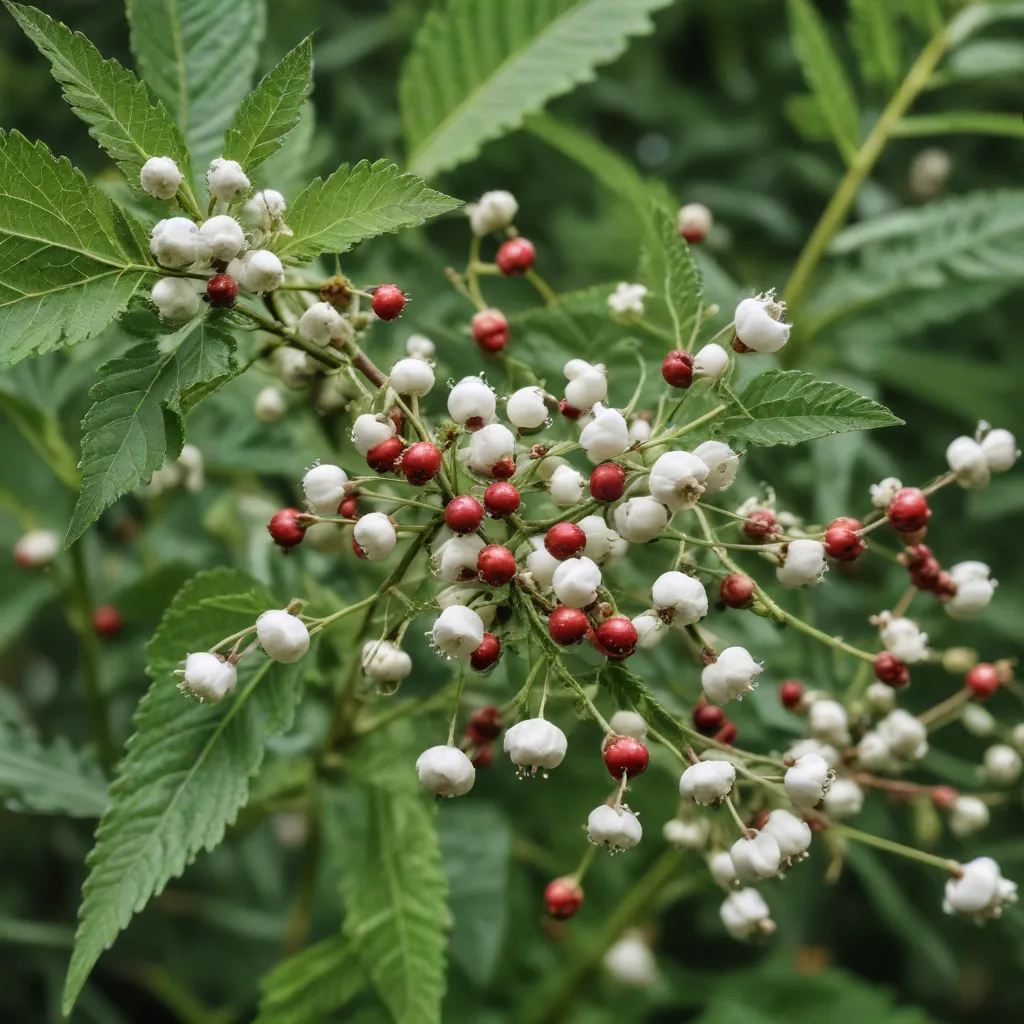
While modern medicine has made great strides with synthetic pharmaceuticals and antioxidants, the practice of employing natural, raw ingredients to treat a variety of ailments has a long-standing history. These natural antioxidants, derived from plants and other living organisms, possess significant potential to counteract oxidative stress – a key factor underlying many chronic diseases and cancers.
Oxidative stress occurs when the body’s production of free radicals, such as reactive oxygen species (ROS), exceeds its ability to neutralize them. If left unchecked, these free radicals can disrupt cellular homeostasis and contribute to a wide range of pathological conditions. Antioxidants, on the other hand, have the ability to scavenge free radicals, inhibit their production, and prevent the chain reactions they initiate, thereby restoring the body’s delicate redox balance.
A wide variety of phytochemicals, including polyphenols, carotenoids, and vitamins, have demonstrated potent antioxidant properties. These natural compounds not only possess direct free radical scavenging abilities, but they can also upregulate the expression of endogenous antioxidant enzymes, modulate signaling pathways, and influence gene expression – all of which contribute to their therapeutic potential.
Therapeutic Applications
The use of targeted antioxidant natural products has shown promise in the prevention and treatment of various diseases, including cardiovascular disorders, neurological conditions, metabolic diseases, and cancer.
Cardiovascular Health
Numerous studies have highlighted the cardioprotective effects of natural antioxidants. For instance, resveratrol, a polyphenol found in grapes and red wine, has been shown to exert antioxidant and anti-inflammatory effects, as well as the potential to upregulate endothelial nitric oxide synthase (eNOS) – a key regulator of vascular function. These actions may help prevent the development of conditions like atherosclerosis, hypertension, and heart failure.
Similarly, vitamin C has garnered attention for its roles in reducing oxidative stress and inflammation, both of which are major contributors to cardiovascular disease pathogenesis. Clinical trials have explored the use of high-dose vitamin C supplementation in patients undergoing cardiac surgery, aiming to mitigate inflammation and improve postoperative outcomes.
Another important antioxidant, vitamin E, has also been studied for its potential cardiovascular benefits. While some observational studies have suggested a protective effect, the results of randomized controlled trials have been inconsistent, highlighting the need for further research to elucidate the optimal conditions for its therapeutic application.
Neurological Function
Oxidative stress and mitochondrial dysfunction are closely linked to the development and progression of various neurological disorders, such as Alzheimer’s disease, Parkinson’s disease, and amyotrophic lateral sclerosis (ALS). Natural antioxidants, like curcumin and flavonoids, have demonstrated neuroprotective properties through their ability to modulate oxidative stress pathways, suppress neuroinflammation, and promote neurogenesis.
Curcumin, the active compound in turmeric, has been shown to inhibit the aggregation of amyloid-beta peptides, a hallmark of Alzheimer’s disease, and to activate the AMP-activated protein kinase (AMPK) pathway, which is involved in cellular energy homeostasis and neuroprotection. Similarly, flavonoids have been associated with improved cognitive function and a reduced risk of neurodegenerative diseases, potentially through their antioxidant and anti-inflammatory mechanisms.
Metabolic Regulation
Oxidative stress and inflammation are also closely linked to the pathogenesis of metabolic disorders, such as type 2 diabetes and obesity. Natural antioxidants, including polyphenols, vitamins, and garlic compounds, have demonstrated the ability to modulate glucose and lipid metabolism, enhance insulin sensitivity, and alleviate obesity-related complications.
Polyphenols, for instance, can inhibit digestive enzymes involved in carbohydrate breakdown, thereby slowing the release of glucose into the bloodstream. They have also been shown to influence signaling pathways related to adipogenesis and energy expenditure, potentially contributing to weight management.
Vitamins, such as vitamin D and vitamin E, have been investigated for their roles in improving insulin sensitivity and reducing oxidative stress-induced damage in metabolic disorders. Similarly, organosulfur compounds derived from garlic have exhibited antidiabetic effects, potentially through their antioxidant and anti-inflammatory properties.
Cancer Prevention and Management
Oxidative stress is a key driver of carcinogenesis, as it can induce DNA damage, promote cell proliferation, and facilitate tumor angiogenesis. Natural antioxidants, including vitamins, polyphenols, and garlic compounds, have shown promising anticancer properties.
Vitamins, such as vitamin C, vitamin D, and vitamin E, have been explored for their potential to inhibit tumor growth, enhance the efficacy of conventional cancer therapies, and mitigate treatment-related side effects. Polyphenols, on the other hand, have demonstrated the ability to modulate various signaling pathways involved in cell cycle regulation, apoptosis, and inflammation – all of which are crucial in cancer prevention and management.
Garlic-derived compounds, such as diallyl disulfide and allicin, have also exhibited anticancer effects, potentially through their ability to induce apoptosis, inhibit cell proliferation, and suppress inflammatory pathways in cancer cells.
Pharmacological Considerations
While the therapeutic potential of natural antioxidants is promising, several challenges remain in their clinical translation. These include issues related to bioavailability, metabolism, and pharmacokinetics, as well as the need for a deeper understanding of their specific mechanisms of action and optimal dosing regimens.
Improving the delivery and targeting of natural antioxidants is an active area of research, with the development of nanomedicine-based formulations and the exploration of combination therapies showing promising results. Additionally, the use of omics-based approaches, such as genomics, transcriptomics, and proteomics, can provide valuable insights into the molecular mechanisms underlying the therapeutic effects of these natural products.
As we continue to unravel the complexities of oxidative stress and its role in various diseases, the exploration of targeted antioxidant natural products remains a highly promising avenue for the development of innovative and effective therapies. By leveraging the inherent properties of these compounds and addressing the current challenges, we can unlock their full potential to improve human health and well-being.
For more information on our vineyard’s sustainable practices and the health benefits of our estate-grown wines, please visit www.winegardeninn.com.
